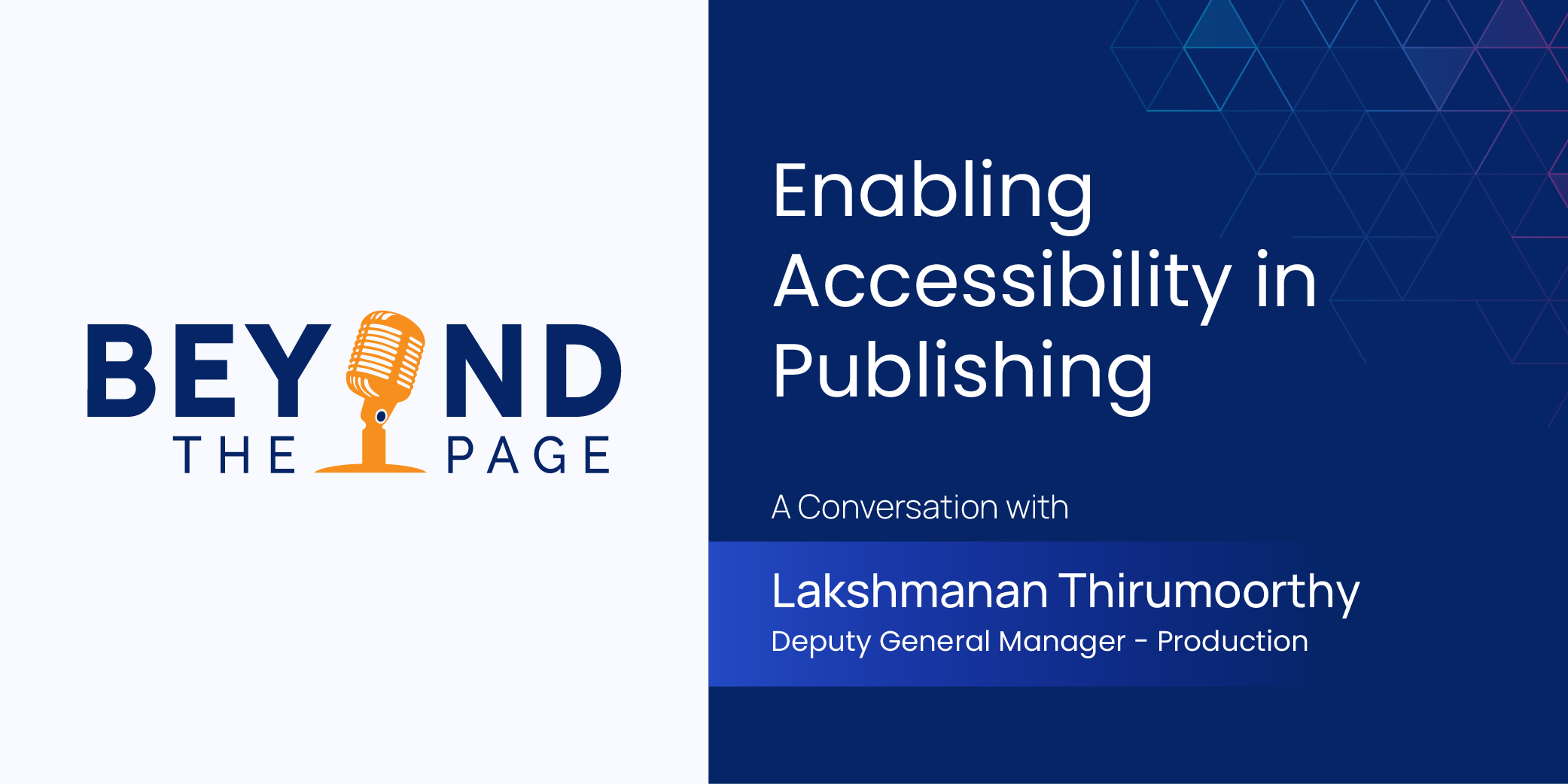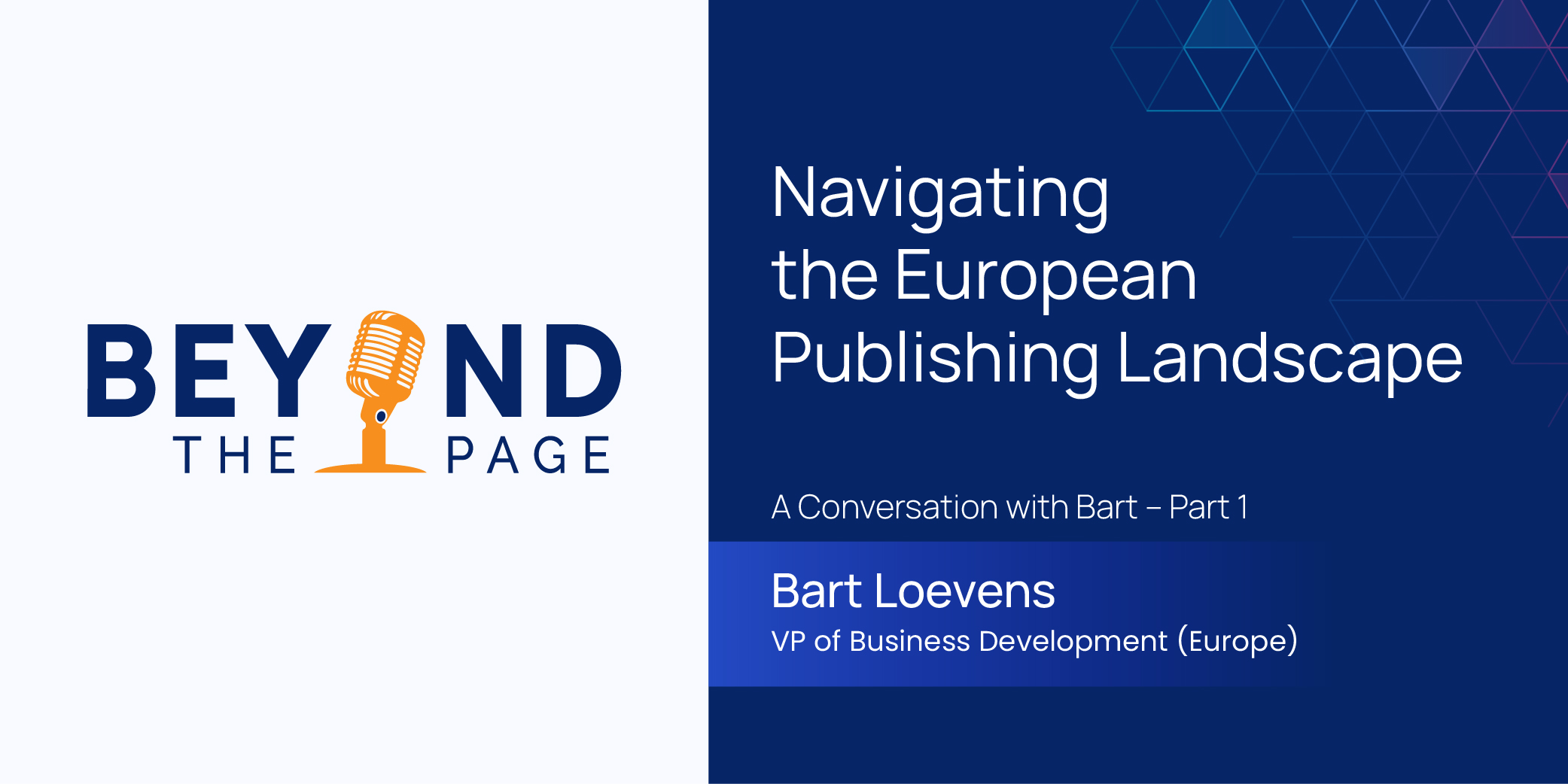
Initially, eLearning, which uses technology to deliver training and education, was considered a nice-to-have within traditional systems that focused on the book-based, classroom-oriented approach.
Now, technology has evolved to provide students or employees with increasingly engaging content experiences in their daily lives. This leaves employers and educational institutions with no choice but to provide similar experiences in their programs; making eLearning integral to education and training.
Let’s look at some of the latest technologies that can be leveraged for superior eLearning outcomes.
Virtual Reality
Be it a complete e-learning course or supporting material to the traditional curriculum, virtual training is today a key element of most training programs.
Virtual training is offered in numerous forms based on the program requirements. One such important virtual training technology is Virtual Reality (VR). In VR, the user is provided with a computer-generated environment where scenes and objects are embedded to make it look natural so that the user feels immersed in the virtual surrounding. A device known as the VR headset or helmet is used to provide this experience.
Virtual reality effectively uses various elements of e-learning, such as micro-learning, hands-on training, and personalization to provide learners with an enjoyable, fruitful experience.
Mobile Learning
Defined as an educational or learning experience acquired through personal mobile devices such as tablets and smartphones, in a Mobile Learning method, learning materials are gathered from mobile apps, social interactions, and online educational hubs.
Mobile learning is also an easy and effective way of training as it provides employees and students with personalized and convenient learning opportunities which they can fit into their schedules. More than 70% of the global population is found to be using smartphones, and it comes as no surprise that mobile learning is growing at a rapid pace.
Video-based Learning
During the pandemic, many organizations shifted to eLearning tools to fulfill their training needs. As a consequence, video-based learning has gained immense prominence. In 2022, approximately one million minutes of video content is being streamed or downloaded every second. This indicates the vast scope for video-based learning opportunities available today.
Gamification
Gamification can be defined as an attempt to enhance user engagement with a system, service, or organization by incorporating gaming elements into non-gaming environments.
Gamification also eliminates the monotony of conventional learning, and engages the learner through play, making learning and retaining knowledge enjoyable. Interestingly, many corporate organizations adopt gamification as their preferred learning platform.
Social Learning
With the advent of eLearning, learners can learn at their own pace anywhere, anytime. However, this is not preferred by all learners. Some people learn better in a group. They need to interact with others while learning.
The recommended eLearning approach for such learners is social learning. This mode of education includes forums, chatrooms, and file-sharing options between trainers and learners. Social forums also add a student report to track and understand how a student has engaged by asking and answering questions, and sharing knowledge with peers.
Social learning was most essential and widely utilized during the pandemic lockdown, and will continue to be useful.
Artificial Intelligence (AI)
AI is defined as the simulation of human intelligence processes by machines. It enables a computer system to learn from pre-built programs and apply the acquired knowledge to complete a task. This technology learns using math and algorithms.
Examples of AI include expert systems, Natural Language Processing (NLP), speech recognition, and machine vision.
Off-the-shelf courses
Most online learners will be familiar with Udemy, Coursera, and Futurelearn. These are some of the off-the-shelf learning platforms available on the internet. Off-the-shelf courses commonly have a repository of learning modules on various subjects. Popular universities also collaborate to provide such courses.
The pandemic period saw a surge in the demand for online courses. For example, Udemy reported a 425% surge in enrolment in April 2020, which shows the widespread acceptance of this learning methodology.
Key eLearning Strategies
While technology has taken a more central role in pedagogy, the strategies that underpin education and training delivery haven’t moved away completely from traditional styles. Rather, they are a blend of the old-style and new-age methods. How do we twin these two approaches? Let us take a quick look:
Storytelling
Storytelling is a traditional and effective way to help a learner achieve their goals. In eLearning, the storytelling technique is utilized to:
- Grab the attention of learners
- Mention anecdotes in case studies
- Cite examples
Personalization
Personalized courses help learners to engage better. It is also one of the biggest strengths of eLearning, as the digital environment allows for creating learner profiles and customizing along the learning journey based on real-time feedback.
Micro-learning
In contrast to extended modules, micro-learning breaks down complex topics into small, standalone learning units. These units are easy to learn and can be viewed any number of times by the learner, anywhere, any time, and as many times as necessary. Technology platforms are ideal to deliver content in this manner.
Benefits of micro-learning include:
– Easy understanding through small manageable learning units
– Higher student reach and retention due to ease of access
– Better reinforcement of learning through repetitive access
Content Curation and Creation
A tried and tested strategy, any education or training content is a combination of two types: Created and Curated.
- Created content refers to the content initially created within an organization or institution
- Curated content is the one acquired from trusted sources relevant to your industry/subject matter.
Most organizations and institutions develop courses that are a mix of the two types of content, to give their learners the best possible window into each area of knowledge.
Is eLearning a game changer?
Building critical skills and competencies is now the top priority for most global organizations, but why? A report by Udemy states that 9 in 10 executives express that their organizations suffer skill gaps or expect it in the next 5 years. A study by Deloitte predicts a risk of losing over $454 billion of GDP in manufacturing opportunities by 2028. Clearly, there is a heavy consequence to lack of professional knowledge and skills.
eLearning will be a resounding help for organizations wanting qualified personnel who can add value to their business.
News & Insights

Enabling Accessibility in Scholarly Publishing – A Conversation with Lakshmanan Thirumoorthy

Navigating the European Publishing Landscape – A Conversation with Bart – Part 2

